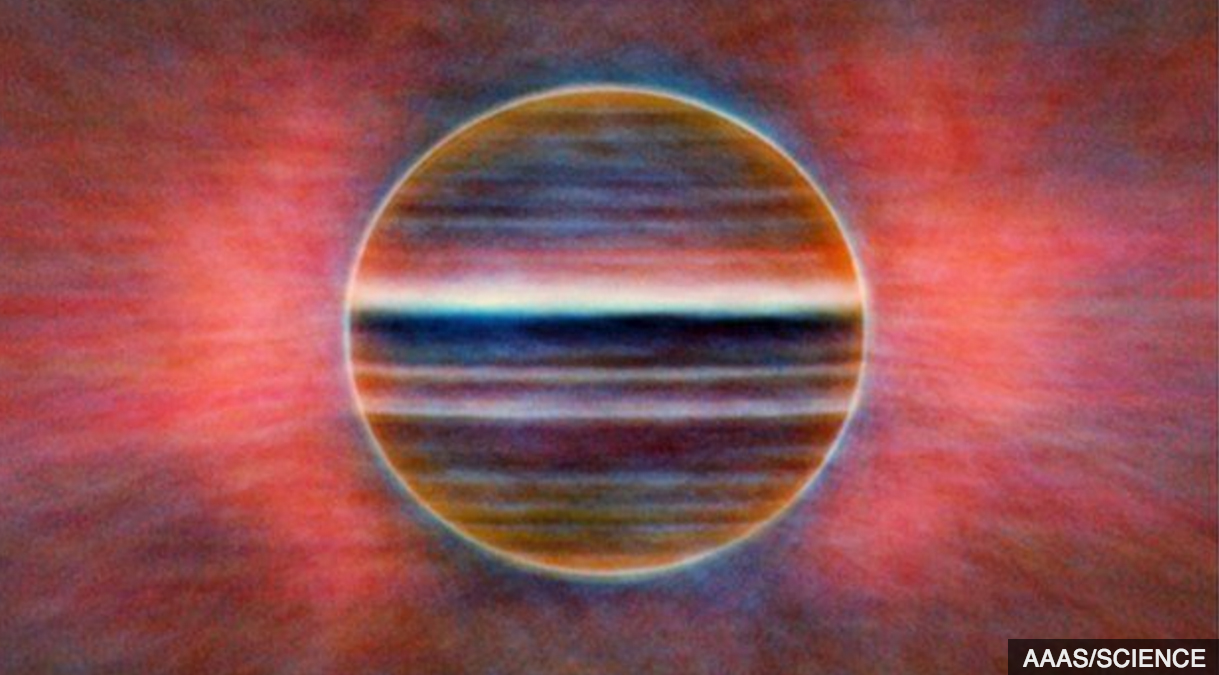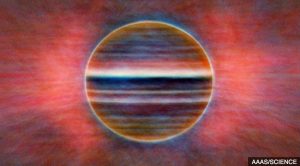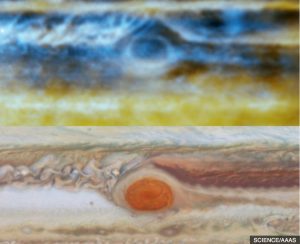
Ammonia discovered in Jupiter

US astronomers using a radio telescope on Earth has managed to peep several tens of kilometers into atmosphere of Jupiter and discovered Very Large Array (VLA) trace the presence of Ammonia in the gas giant to study the circulation systems below the visible cloud tops and the planets Great Red Spot –a huge storm that has raged for at least 400 years.

Michael Wong of University of California, Berkeley, said “ the level of detail we see as in our maps different zones, turbulent features, vortices from multi-antenna telescope using a new technique the smearing effect you would expect to get if you took a long exposure of a rapidly rotating Jupiter whose day lasts only 10 hours. The glow of ammonia and the dynamical flow of the planet’s gases, which are dominated by hydrogen and helium. According to Wong the glow of ammonia itself, and the variation in depth is related with brightness and the deepest seen in dataset about 12 bar, which is 12 times the Earth’s atmospheric pressure. According to Journal Science, the ammonia in these plumes will eventually condense out at higher altitudes and confirms the ammonia ice clouds detected by the Galileo spacecraft back in the 1990s.
